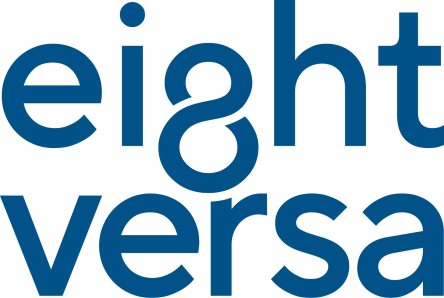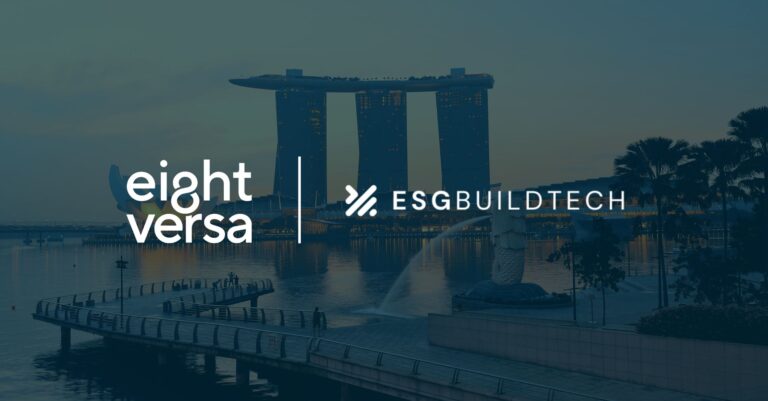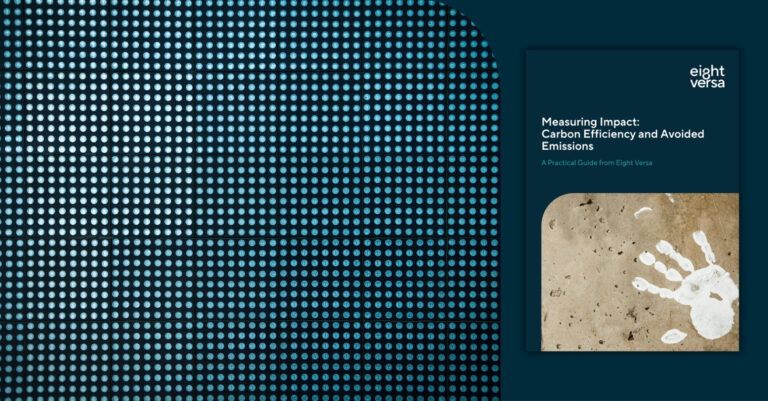The Science-Based Targets initiative (SBTi) has just released Version 2.0 of its Corporate Net-Zero Standard, aiming to provide greater credibility and alignment with the latest climate science from the Intergovernmental Panel on Climate Change (IPCC). In the past we have heavily critiqued SBTi’s rigid approach to decarbonisation, with Version 2.0 we can evaluate if these limitations persist or whether the SBTi Board has managed to provide a dose of real-world applicability.
Improvements in Version 2.0
The updated SBTi standard brings several notable improvements that partially address the limitations of Net-Zero:
- Differentiation by Company Size and Region: Version 2.0 introduces differentiated pathways based on company size and economic region. Specifically, SMEs and companies in developing regions receive a more realistic option. This is a shift from the previous nearly uniform approach, which could offer some businesses more attainable paths towards Net-Zero.
- Separation of Scope Targets: The requirement to set distinct targets for each Scope (1, 2, and 3) rather than combined targets promotes clearer accountability and transparency. This also ensures companies explicitly tackle emissions across their value chains.
- Adoption of IPCC AR6 Pathways: Transitioning to the IPCC AR6 pathways, Version 2.0 aligns more closely with current climate science, maintaining ambitious reduction targets that generally imply around 90% emission reductions by 2050.
- Indirect Mitigation for Scope 3 Emissions: The most significant and change in Version 2.0 allows indirect mitigation methods, such as ‘book-and-claim’ mechanisms, which allow companies to support sustainable practices indirectly by purchasing certificates that represent environmental benefits achieved elsewhere, even if their own supply chain or direct operations do not directly incorporate these sustainable practices, as interim measures for Scope 3 reductions. This is where carbon credits can step in, and what provoked the pushback from carbon reduction militants last year. However, this change provides crucial short-term flexibility for companies struggling with traceability or supplier engagement.
- Verification: A major shortcoming of Net-Zero claims from Organisations has been a lack of consistency and the ability of the Organisation to introduce bias and gain a rosier picture of the footprint. Verifcation means that an independent third party must review and approve their use of emission factors upon which the footprint is based on. This aligns with the latest version of Carbon Neutral (ISO 14068) and frameworks like CSRD. This is a welcome step forward and will improve the veracity of Net-Zero claims.
Persistent Issues
Despite the above improvements, several critical issues of rigidity remain, and some new issues of lack of clarity have been added to the standard:
- Absolute Contraction for Scopes 1 and 2: The continued mandatory absolute emission reduction for Scopes 1 and 2 remains restrictive, particularly for businesses experiencing significant growth. Companies rapidly scaling operations or investing in transformative technologies will find these absolute reductions unrealistic or counterproductive.
- Ambiguity on Annual Reduction Rates: Unlike Version 1.2, Version 2.0 does not clearly specify the numerical annual reduction rates required for alignment with IPCC AR6 pathways. This is (hopefully) a concession on the original and unrealistic expectation that Organisations should reduce their carbon footprint by at least 4.2% per annum; decarbonisation is not perfectly smoothed curve and very few companies could tell you what their carbon footprint will be (+/-10%) in 12 months. Without the explicit acknowledgement in this update that annual targets are now removed this update creates uncertainty, complicating corporate planning and undermining clear progress tracking.
- Long-term Role of Indirect Mitigation Unclear: Although indirect mitigation measures are allowed temporarily for Scope 3, their long-term acceptability for compliance with AR6-aligned targets remains ambiguous. Companies will a need definitive clarity if they are to plan mitigation investments and confidently built a strategy.
- Lack of Recognition for Fast-Growing or Climate Tech Companies: Despite some indirect flexibility for innovative or fast-growing firms through more flexible Scope 3 targets, Version 2.0 does not explicitly accommodate or acknowledge unique challenges faced by high-growth enterprises or companies driving transformative climate technologies.
Comparison: Version 1.2 vs. Version 2.0
Aspect | Version 1.2 | Version 2.0 (Draft) |
|---|---|---|
Annual Reduction Rates | Clear minimum annual reductions (4.2%+ per year) | General alignment (~90% by 2050), specific annual targets undefined |
Carbon Credits (Scope 3) | Explicitly prohibited | Allowed as interim indirect mitigation, long-term acceptability unclear |
Intensity Metrics | Permitted primarily for Scope 3 | Continued flexibility in Scope 3, no expansion to Scopes 1 and 2 |
Recognition for Growth/Innovation | No explicit recognition | No explicit exemptions or recognition; indirect flexibility through Scope 3 intensity |
Differentiation by Region and Size | Uniform approach | Differentiated requirements for SMEs and companies in developing regions |
Scientific Basis | IPCC AR5 pathways | Updated IPCC AR6 pathways, ensuring latest scientific alignment |
Scope Targets | Combined scope targets allowed | Requires separate targets for each Scope (1, 2, and 3) |
Reporting and Transparency | Standard reporting | Enhanced third-party assurance for larger companies and clearer scope-specific reporting requirements |
Real-World Applicability
In practice, SBTi Version 2.0 provides meaningful short-term improvements for companies, particularly around Scope 3 emissions, recognising the challenges companies face in managing complex global supply chains. This flexibility helps to encourage broader industry participation, including SMEs.
However, the ongoing insistence on absolute reductions for direct emissions (Scopes 1 and 2), combined with ambiguous guidelines on annual targets and how to use indirect mitigation and its long-term validity, could limit the real-world applicability for many businesses; especially rapidly growing companies or those driving innovation.
Businesses still face uncertainty under the current draft, as some further detail is still needed and the authors are still open to consultation, thus complicating strategic investment decisions and potentially discouraging full participation, which will affect overall relevance and effectiveness.
One Size Does Not Fit All
The revised SBTi Version 2.0 undoubtedly is a more business-friendly framework, as it should be. However, companies may still struggle to operationalise the standard fully. Ultimately, the real-world success of SBTi will depend not only on its ambitious scientific alignment but also on its clarity, flexibility, and ability to engage the broad spectrum of businesses necessary to make tangible progress toward global net-zero goals.
Our advice to Organisations remains; if you have the market position and a supply chain that a) will benefit from global, national and location decarbonisation efforts, and b) is well defined and proximal enough for you to exert influence, then go for Net-Zero. Otherwise pursue Carbon Neutral or an alternative decarbonisation standard which suits your business model better.
SBTi should not be considered the sole arbiter of credible climate action. Instead, organisations should critically evaluate various standards and frameworks, choosing an approach that aligns realistically and strategically with their unique business circumstances, ambitions, and operational realities. The best decarbonisation pathway is the one that is practical, impactful, and right for your business, and that decision is yours alone to make.
Chris Hocknell, Director
Chris brings over 18 years’ experience of supporting the built environment and corporate world with their sustainability goals. Specialising in sustainability strategy development, Chris works closely with clients to assess and understand their carbon and environmental footprint.






